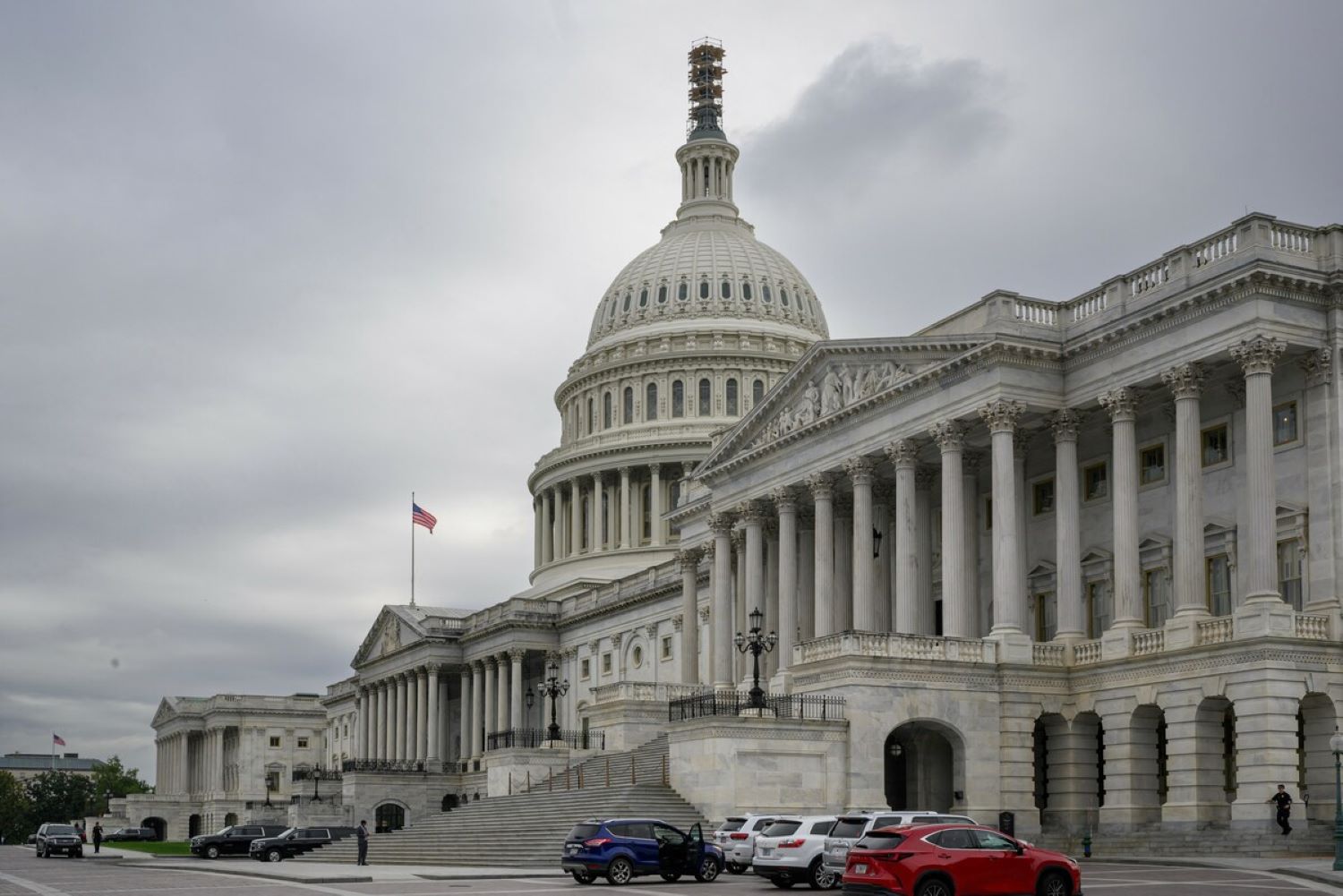WASHINGTON, US – The next US census and federal government forms will include new options for race and ethnicity including a category for people of Middle Eastern or North African origin, officials said.
The changes, the first in nearly three decades, were announced by the Office of Management and Budget (OMB) and published in the Federal Register on Friday.
“These updated standards will help create more useful, accurate and up-to-date federal data on race and ethnicity,” US Chief Statistician Karin Orvis said in a statement.
“These revisions will enhance our ability to compare information and data across federal agencies, and also to understand how well federal programs serve a diverse America,” Orvis said.
The new form lists multiple categories under the question “What is your race and/or ethnicity?”
They are: American Indian or Alaska Native; Asian; Black or African American; Hispanic or Latino; Middle Eastern or North African; Native Hawaiian or Pacific Islander, and White.
People of Middle Eastern or North African origin did not previously have a distinct category and would be classified as “White.”
Hispanics and Latinos are also now listed under a single category. They were previously asked if they were Hispanic or Latino and then asked to identify a race.
The United States conducts a census of the population every 10 years. It is used for various purposes including the drawing of voting districts. The next one is scheduled for 2030.








